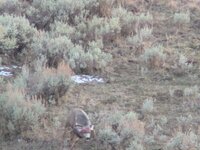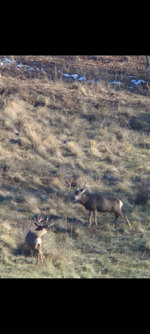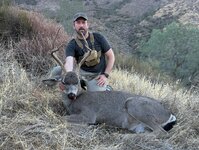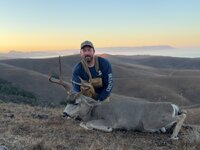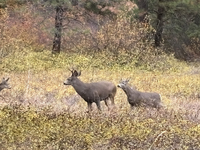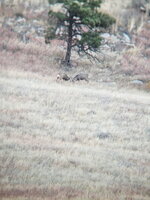I don't know anything for sure.If you don't mind maybe elaborate a little bit on what this translates to. so an earlier or later starting rut, are you meaning when we start to see young or older deer starting to chase does around? And if it is an earlier rut like some are starting to speculate/observe, how long does that go or start to change as seasons that are upcoming? It would be easy for someone to think that if the rut is earlier this year, and like you said saw a buck chasing on 10/20, that some of this will be over prior to the 3rd season in Colorado, or is it a slow ramp up and by that time there will be more widespread chasing/rut behavior?
But I don't think the small bucks rut earlier, I just think there is way more of them so we observe them rutting and assume "big ones up high, not rutting yet". That goes completely against what I've seen when I know where a big buck is--he's the first to be chasing the does; he's not going to let those little bucks get the action.
(and I've seen the same behavior with big bull elk).
And I don't mean "chasing" I mean doing the deed! I don't beleive there is such a thing as pre-rut (as in they're sorta in the rut, sorta not) That's like not knowing what to do on your honeymoon. Those bucks know what that scent in the air is. It's been documented that big bucks occassionally follow cow elk in September when they're in heat and can get away with it. Pre-rut is to me is the period before any does go into esterous.
I'm sure there are regional timing differences in the West (we know below the 35th parallel approx Flagstaff, the rut starts later) but if a herd will experience significant winter, the fawns have to be born in a pretty tight window in early June to have the best chance at surivival. too early ,spring storms take them out, too late and they don't put on enough weight before winter.
Add to all this cold weather and snow, and the rut can get intense about anytime around and after Halloween regardless of moon phase, it seems
I'm totally open to feedback and challenge on these ideas; they're just my experiences (but do line up with WT behaviour which has been copiously studied for decades.)

